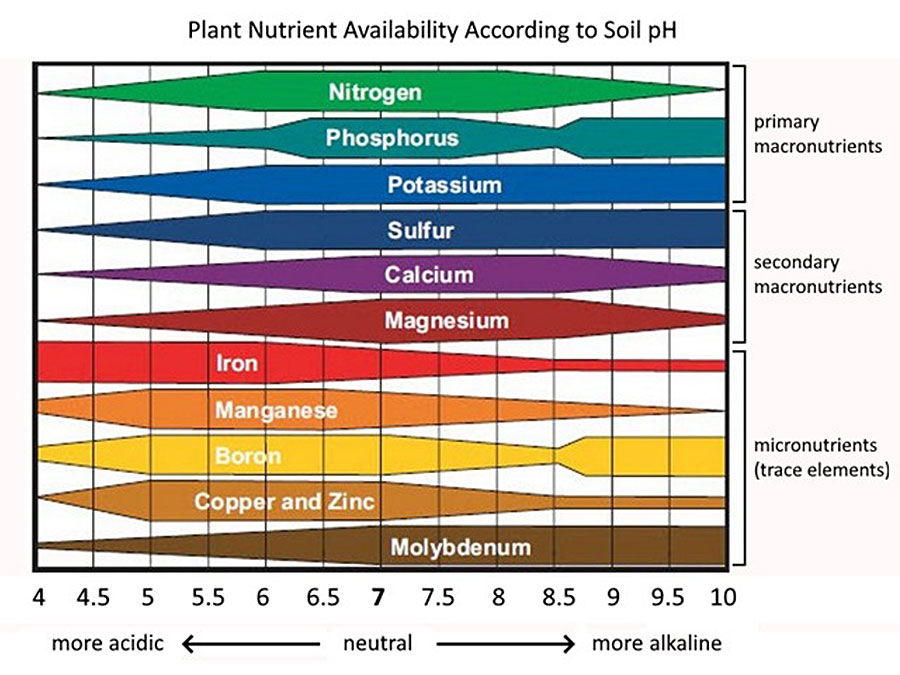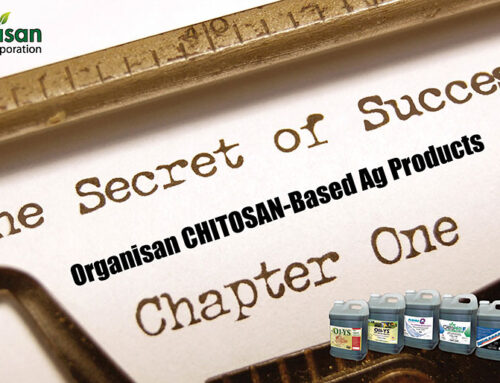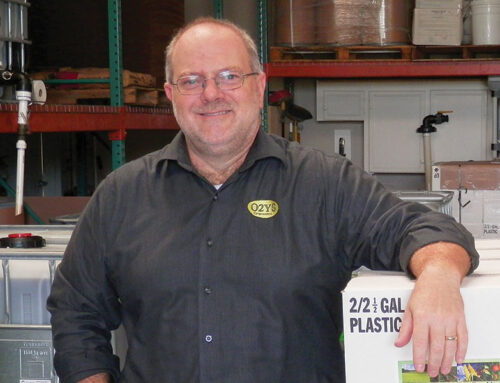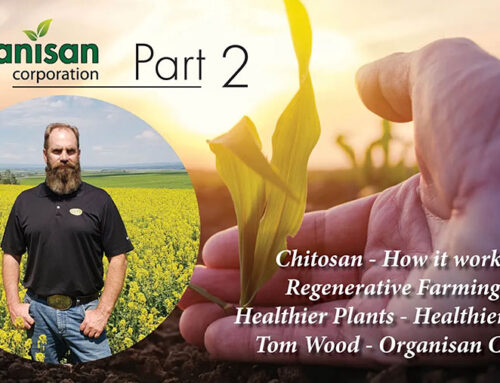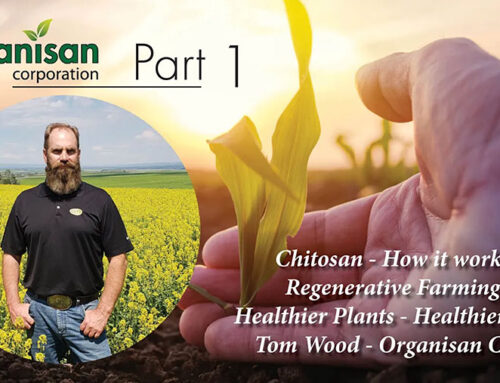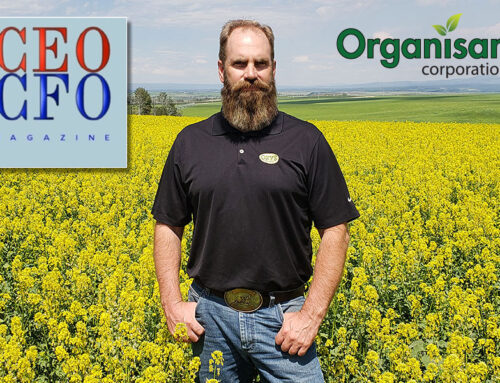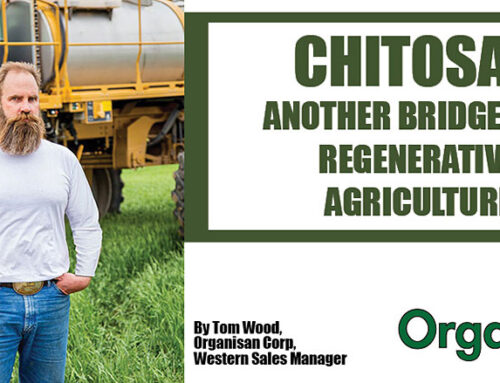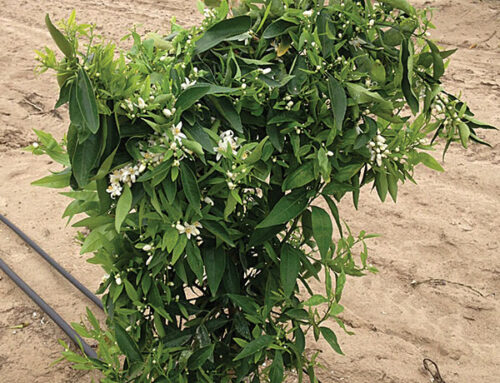With spring approaching, the excitement of the garden becomes a reality. There are some things that need to be done before we place the seed or plant in the soil. First, the soil samples need to be taken in order to measure available nutrients in the soil. With the soil analysis, we can begin to line up the fertility for each crop that is planned for the summer. As a general rule, a garden soil should have a pH of around 6.2-6.5 for the access of available nutrients to be utilized. Below is a chart showing nutrients available with pH levels.
Once we have a good soil environment for the given crop to plant, we need to consider availability of nutrients for the duration of the growing season. Given the crop to be grown, the fertility can be adjusted. Each garden crop will need its own fertility program and remember to rotate the crop over the entire garden. And never plant tomatoes in the same spot year to year due to risk of soil-borne diseases. When talking of soil-borne diseases, we are concerned with Verticillium wilt, Fusarium wilt, Rhizoctonia root rot, nematodes, Pythium and Sclerotinia root rot. When addressing these diseases in the first year of OII-YS application, we need to pay close attention to plant placement. With the addition of OII-YS to the soil, we can enhance or better the soil environment in the years to come so these diseases can become less prevalent over the extended use of Chitosan products. At the time of addressing soil health with fertility, this will be the first opportunity to add OII-YS to the soil. The first tank mix of the year can be mixed up as a 2% solution per volume of water with the addition of citric acid to reduce pH of solution to 5.0 or below. These applications can be made every 2-3 weeks during the growing season.
In the coming weeks we will discuss the advantages of Chitosan and the health of both the soil and plant.
Submitted by S Flint/Mississippi

